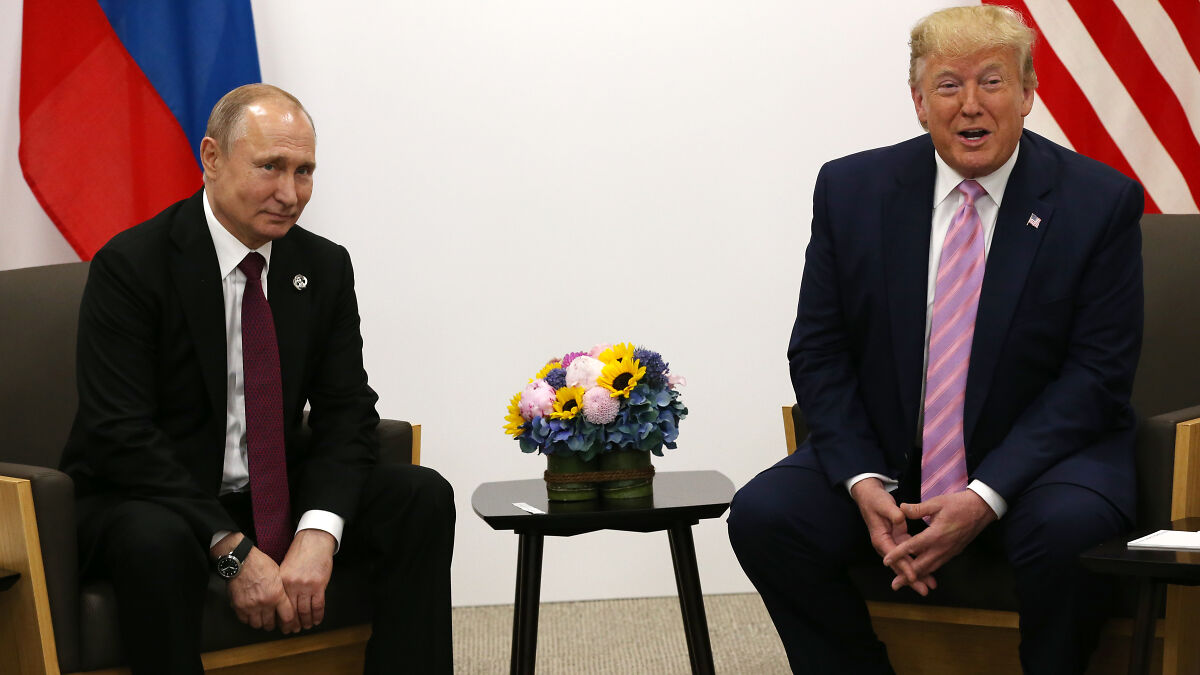
“I Trust Almost No One”: Why Trump Won’t Distance Himself From Putin Despite Ukraine Arms U-Turn
Donald Trump is determined to maintain his relationship with Russian President Vladimir Putin despite his mounting frustration.
The U.S. president announced yesterday that he would send weapons to Ukraine as Moscow continues its bombardment and refuses to agree to a ceasefire.
As part of the plan announced at the White House with NATO Secretary General Mark Rutte, Trump threatened to place severe tariffs on Russia if it did not agree to a ceasefire in 50 days.
- Trump has reversed his stance, agreeing to send billions in American arms to Ukraine via European allies.
- Trump threatened 100% tariffs on Russia and secondary tariffs on countries buying Russian oil, signaling frustration with the Kremlin.
- Despite criticizing Putin openly, Trump refuses to cut ties, aiming to negotiate a ceasefire and maintain his image as a dealmaker.
- Experts doubt Trump's tariff threats will succeed, calling them politically impossible and unlikely to reduce Russian energy exports.
- NATO and Ukraine's Zelenskyy welcomed Trump's support, highlighting ongoing coordination to protect Ukraine and seek lasting peace.
Donald Trump will send more weapons to Ukraine and has threatened Russia with tariffs
Image credits: Mikhail Svetlov/Getty Images
While Trump previously blocked a direct U.S. shipment of weapons, he has changed course and has now agreed to European nations purchasing American weapons to be sent to Ukraine.
The agreement will include Patriot air defense systems and batteries, which Ukraine has repeatedly asked for.
“This is billions of dollars worth of military equipment which is going to be purchased from the United States, going to NATO, and that’s going to be quickly distributed to the battlefield,” Trump said.
Image credits: Kent Nishimura for The Washington Post via Getty Images
A source familiar with the plans told CNN that short-range missiles, Howitzer rounds, and medium-range air-to-air missiles could also be sent to Ukraine under the deal.
“All weapons are both offensive and defensive,” Matt Whitaker, the U.S. ambassador to NATO, said.
“Obviously an air defense system is important and critical for the situation, but at the same time we’re not taking anything off the table.”
Trump also threatened to impose 100% tariffs on Russia and signaled he could place secondary tariffs on countries buying Russian oil.
Image credits: The White House
While direct tariffs on Russia could have little impact, secondary tariffs on other countries such as China and India—the biggest buyers of Russian oil—could affect its economy.
The new measures are a sign of Trump’s mounting frustration with the Kremlin, and come as he appears to criticize Putin more frequently.
In an exclusive interview with the BBC, Trump said he trusts “almost no one” but was refusing to give up on Putin.
“I’m disappointed in him, but I’m not done with him. But I’m disappointed in him,” he said.
“We’ll have a great conversation. I’ll say, ‘That’s good, I’ll think we’re close to getting it done,’ and then he’ll knock down a building in Kyiv,” Trump added.
Russia has continued its military offensive in Ukraine
Image credits: The White House
At the White House, Trump told reporters: “I go home and I tell the First Lady, ‘You know I spoke to Vladimir today, we had a wonderful conversation.’ She said, ‘Oh Really? Another [Ukrainian] city was just hit.’”
Trump insisted on the campaign trail that he would end the war in Ukraine, and said he thought a deal was close to coming together four different times.
However, Russia has continued its military offensive and has intensified attacks in recent weeks.
Image credits: State Emergency Service of Ukraine/Anadolu via Getty Images
In previous Truth Social posts, Trump said Putin had gone “absolutely crazy” and also called for the Russian leader to stop bombing Ukraine.
There are several possibilities as to why Trump is refusing to give up on the Russian leader.
Trump sees himself as the world’s ultimate dealmaker, a president who gets things done and negotiates with countries to push his agenda.
Trump on Putin: “I go home and I tell the First Lady, ‘you know I spoke to Putin today, we had a wonderful conversation,’ she says ‘oh really? Another [Ukrainian] city was just hit.’” pic.twitter.com/bjYyuFUIDP
— OSINTtechnical (@Osinttechnical) July 14, 2025
We’ve seen this approach in his use of tariffs, where he often imposes steep levies with deadlines before agreeing to negotiations.
By keeping communication open with Putin, Trump reinforces his portrayal of strong leadership, especially since few other world leaders maintain such personal and direct dialogue with the Kremlin.
Trump has also made no secret of his ambitions for a Nobel Peace Prize, and wants to be remembered as a president who stopped major wars.
There are concerns that Trump’s tariff threats are empty promises
Image credits: The White House
Cutting off contact with Putin would severely limit his ability to negotiate a ceasefire in Ukraine, which if done through direct talks, would be a legacy-defining accomplishment.
While Trump has threatened to place secondary tariffs on countries purchasing Russian oil, experts have raised concerns about him following through.
The New York Times also reports that direct tariffs on U.S. imports to Russia are likely to have little effect.
If the goal here is to reduce Russia’s energy exports, it won’t work.
100%+ tariffs on China already proved politically impossible. Now Trump is threatening 100%+ tariffs on India, the EU, and Japan, too. Empty threats won’t change behavior. https://t.co/1mmlShAn7B
— Eddie Fishman (@edwardfishman) July 14, 2025
Expert on Russian sanctions and former State Department official Edward Fishman said Trump’s threats were empty.
“If the goal here is to reduce Russia’s energy exports, it won’t work,” he wrote on X.
“100%+ tariffs on China already proved politically impossible. Now Trump is threatening 100%+ tariffs on India, the EU, and Japan, too. Empty threats won’t change behavior.”
Nonetheless, Trump’s shift in attitude has been welcomed by NATO and Ukrainian President Volodymyr Zelenskyy, who said he had a good conversation with Trump.
I spoke with @POTUS. It was a very good conversation. Thank you for the willingness to support Ukraine and to continue working together to stop the killings and establish a lasting and just peace.
President Trump shared details about his meeting with the @SecGenNATO. It’s…
— Volodymyr Zelenskyy / Володимир Зеленський (@ZelenskyyUa) July 14, 2025
“Thank you for the willingness to support Ukraine and to continue working together to stop the killings and establish a lasting and just peace,” Zelenskyy wrote on X.
“We discussed the necessary means and solutions with the President to provide better protection for people from Russian attacks and to strengthen our positions,” he added.
“We are ready to work as productively as possible to achieve peace. We agreed to catch up more often by phone and coordinate our steps in the future as well. Thank you, Mr. President! Thank you, America!”
Dint worry u orange lunatic WE DO NOT TRUST YOU EITHER !! n I’m in the uk we just think your a very dangerous inhuman lunatic !!
Trump has severe tariffs on Canada and other democracies. Trump has been played by Putin for almost a decade now and this has contributed to the failure of American democracy.
Tell us about it , n we in uk loath n distrust him to he’s very dangerous !
Load More Replies...Any US allies, from Australia to Taiwan, who believe Trump would support them in a war are daft.
Dint worry u orange lunatic WE DO NOT TRUST YOU EITHER !! n I’m in the uk we just think your a very dangerous inhuman lunatic !!
Trump has severe tariffs on Canada and other democracies. Trump has been played by Putin for almost a decade now and this has contributed to the failure of American democracy.
Tell us about it , n we in uk loath n distrust him to he’s very dangerous !
Load More Replies...Any US allies, from Australia to Taiwan, who believe Trump would support them in a war are daft.

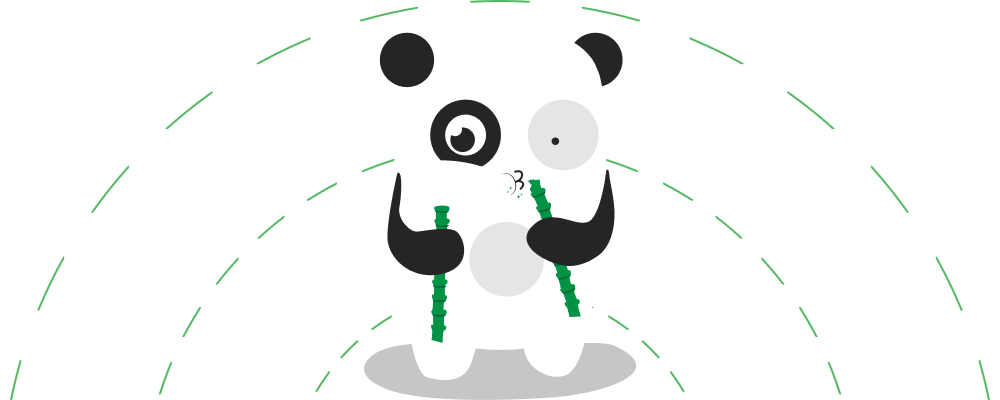

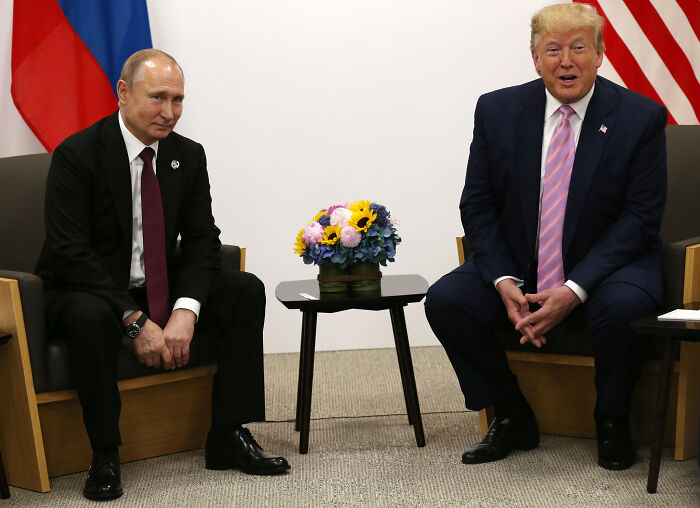
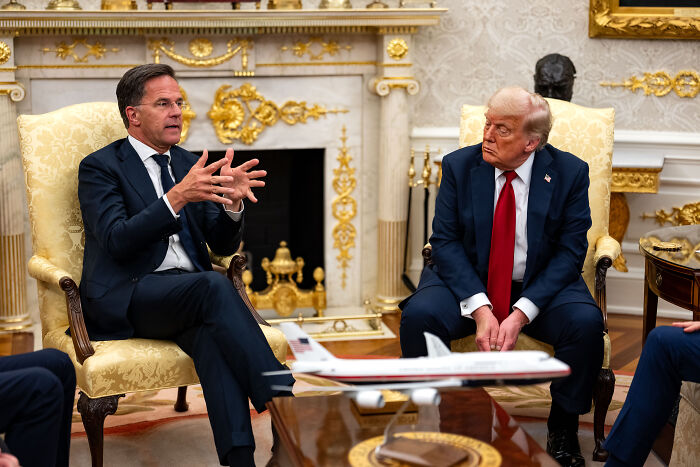
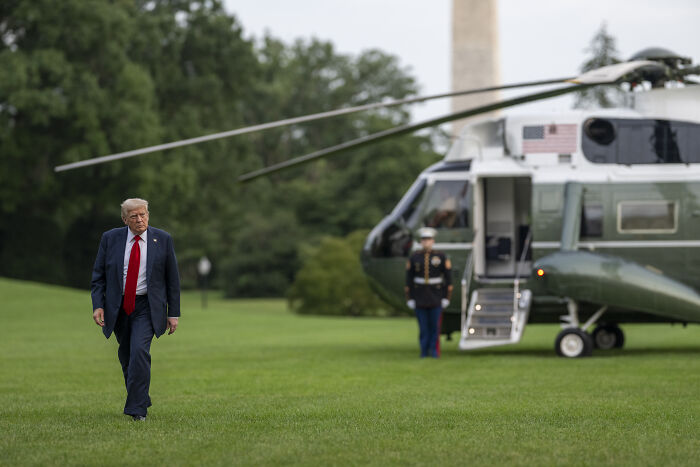
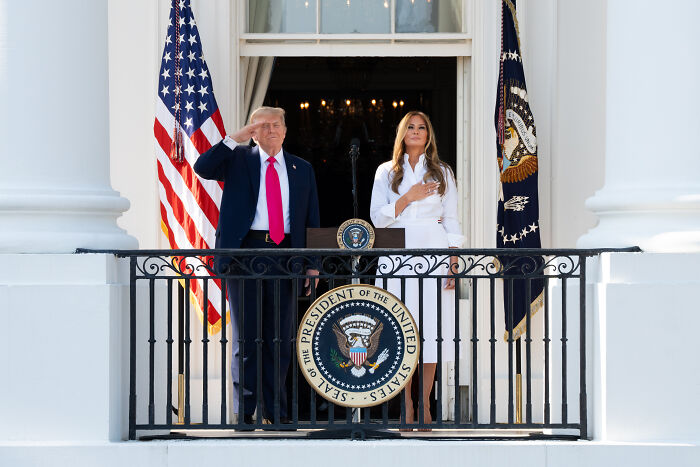
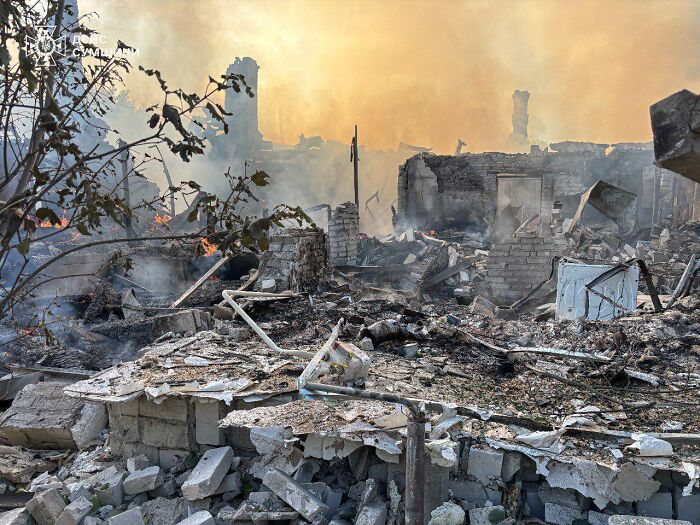
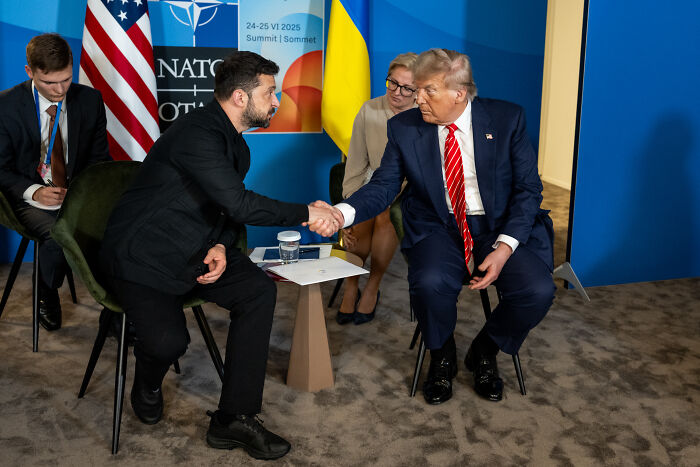



16
4